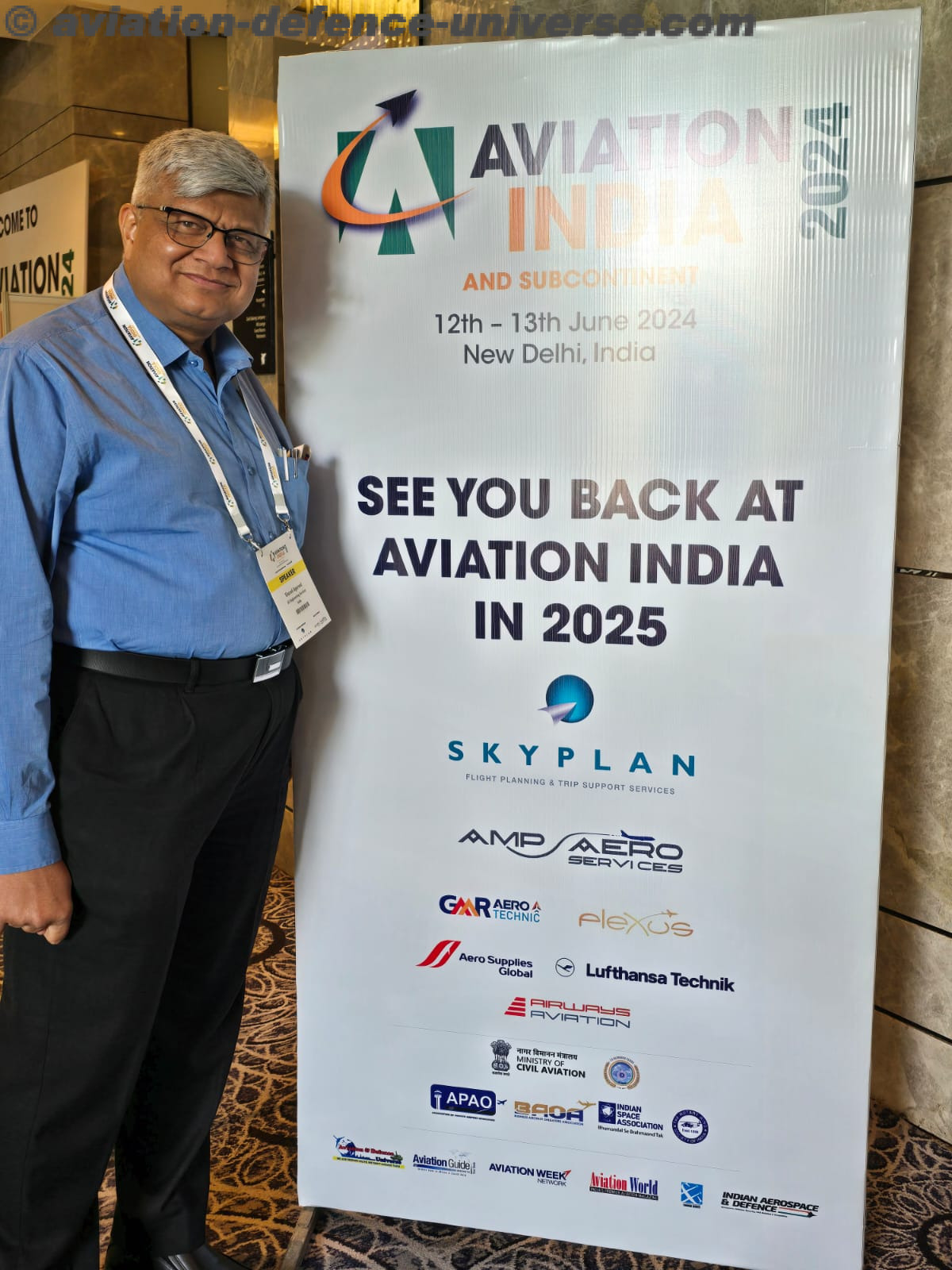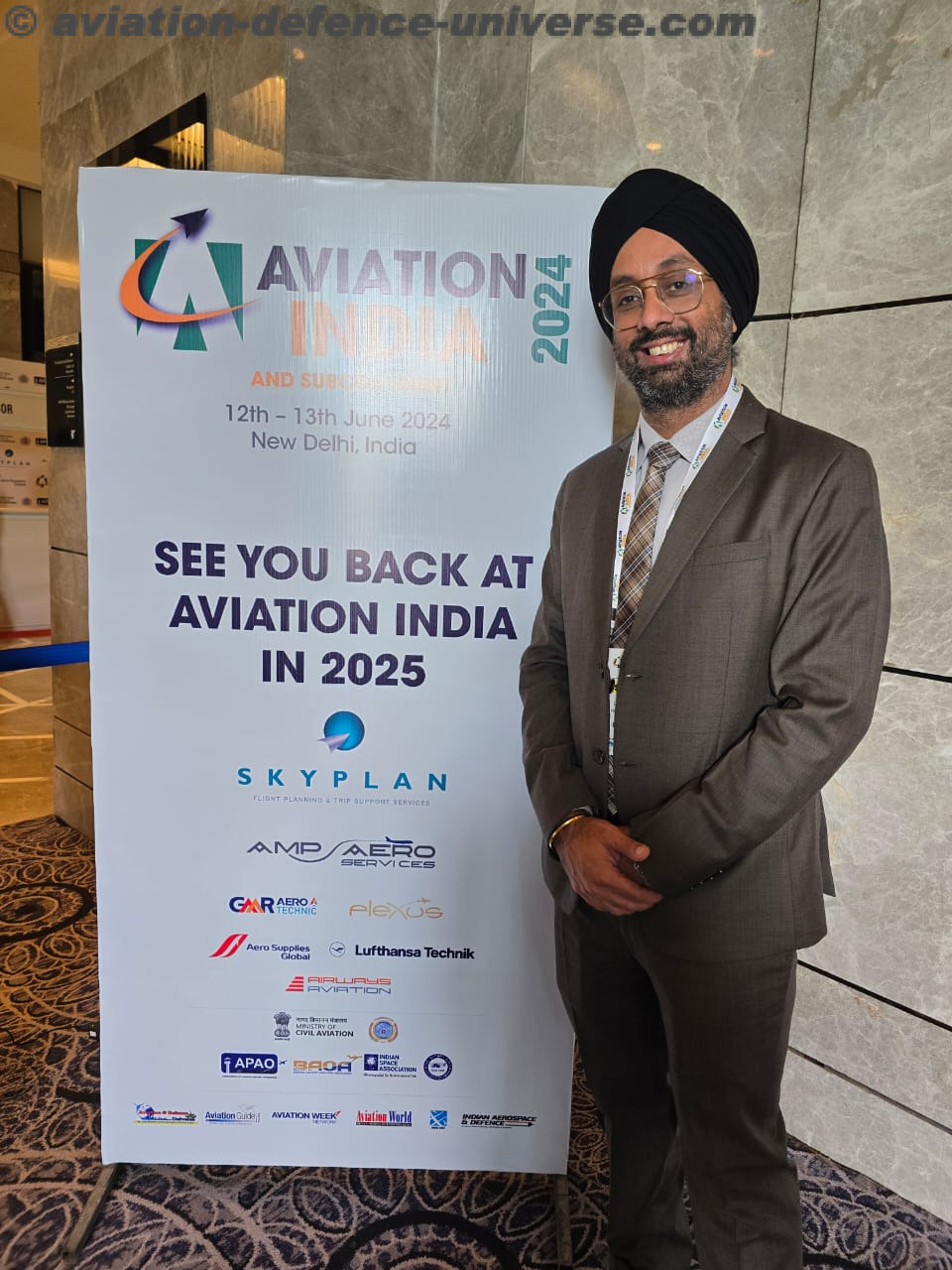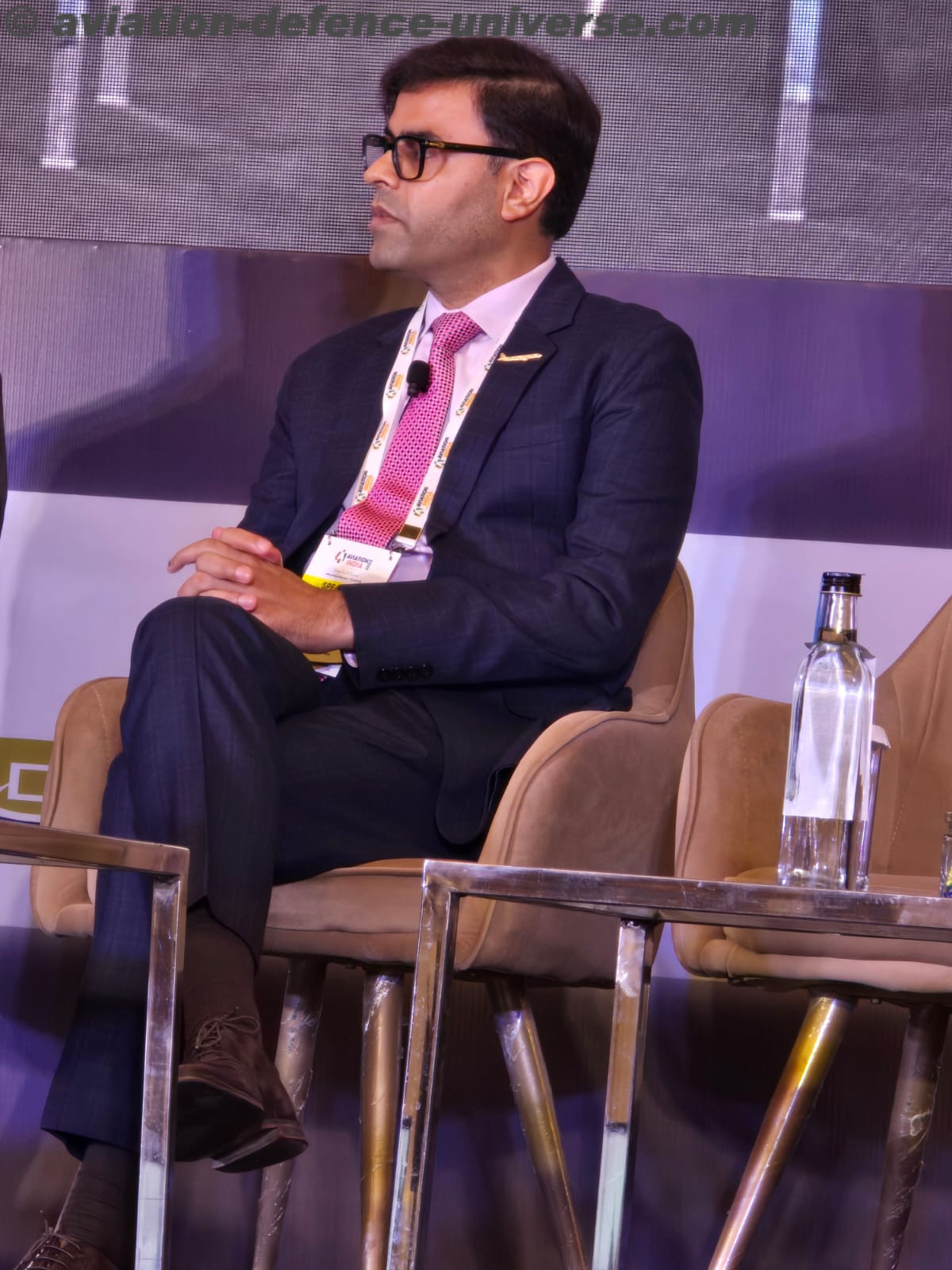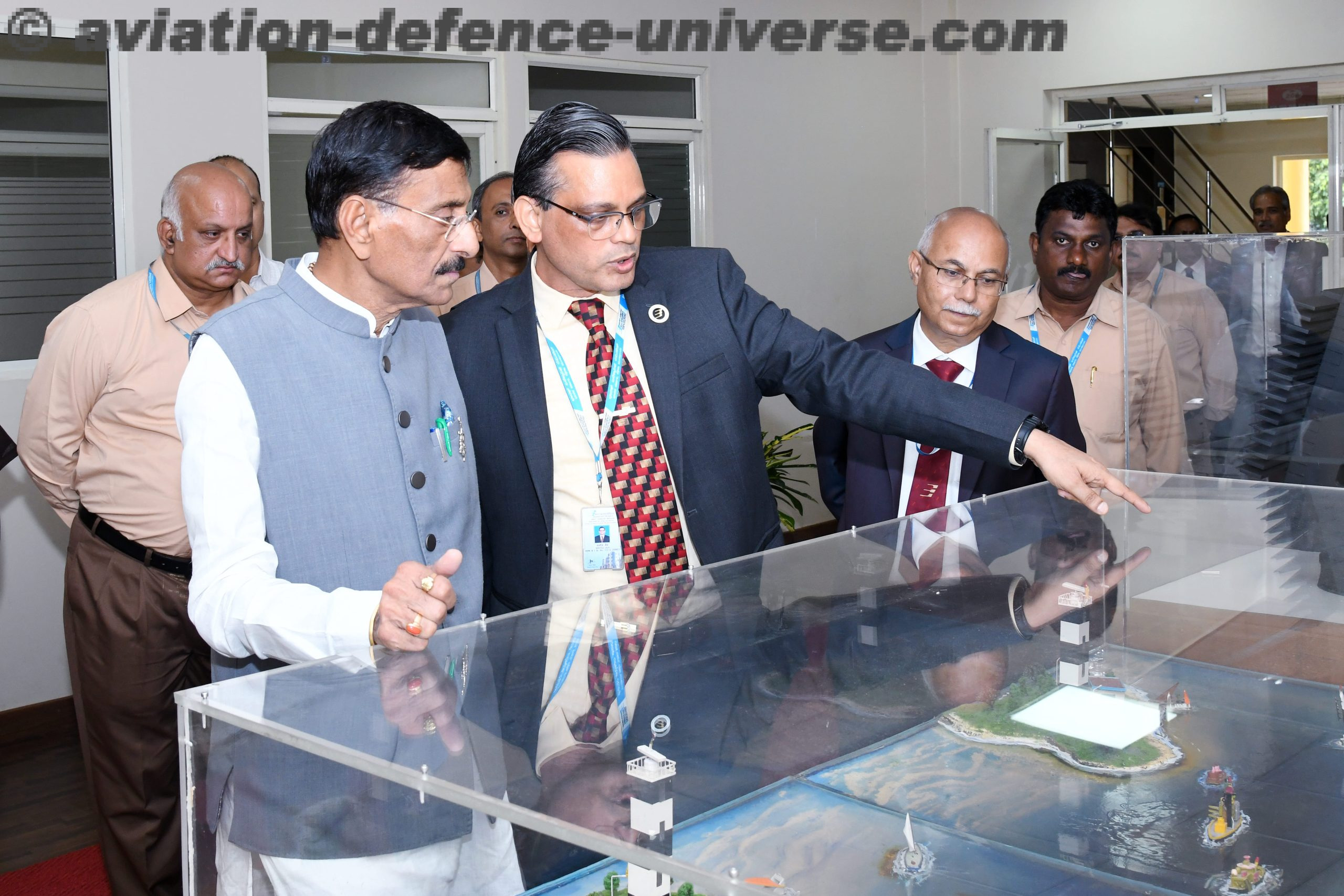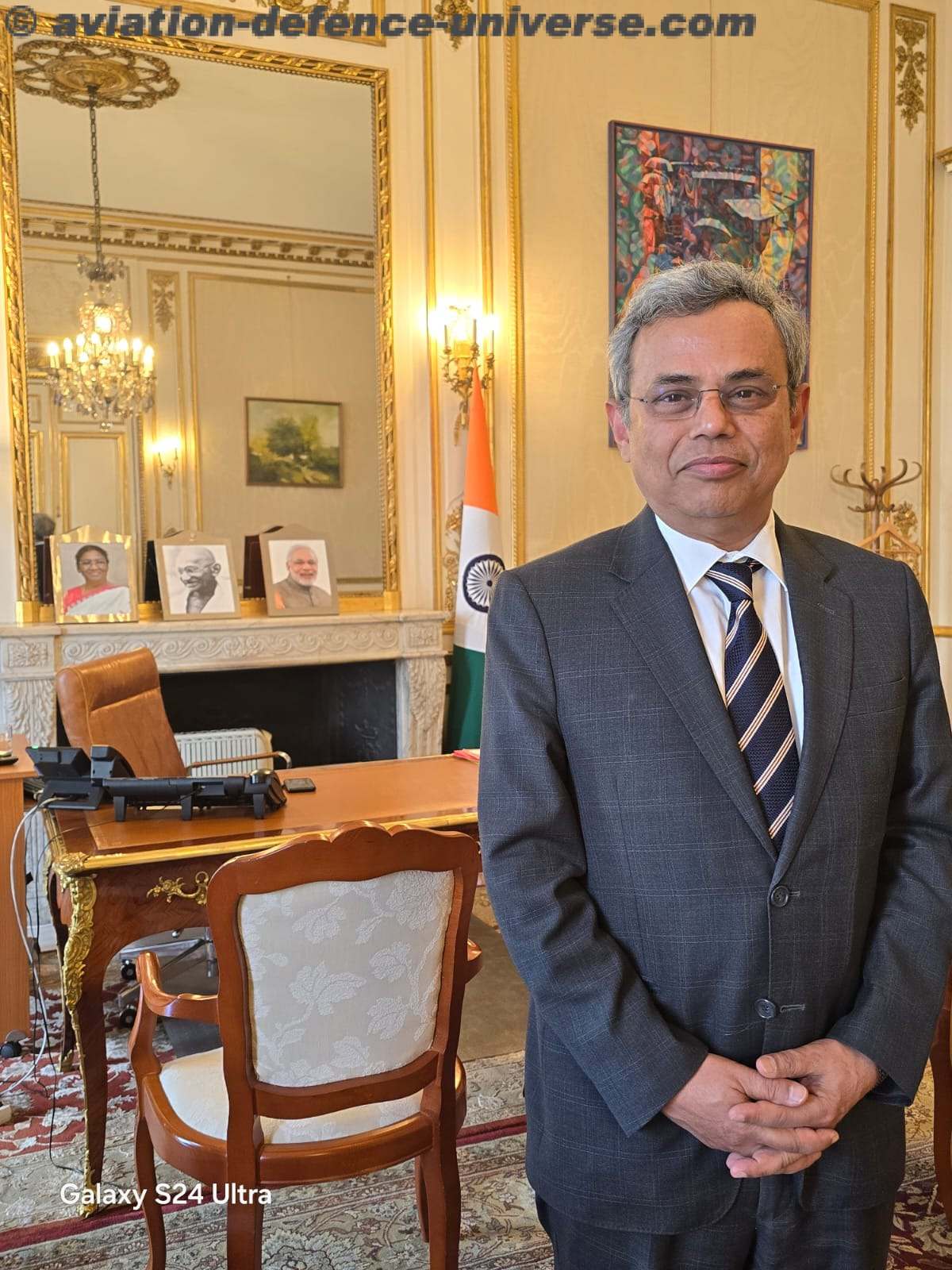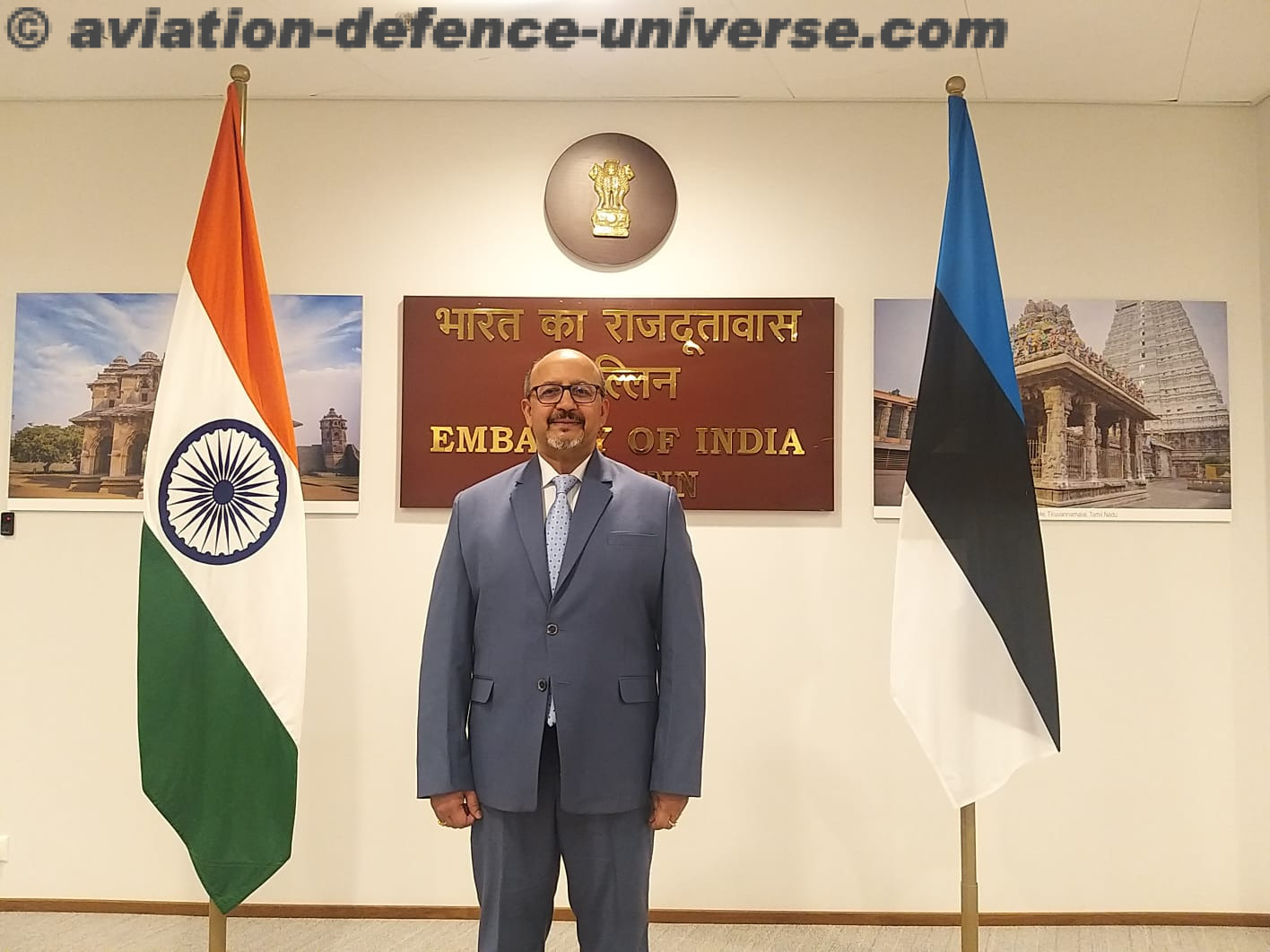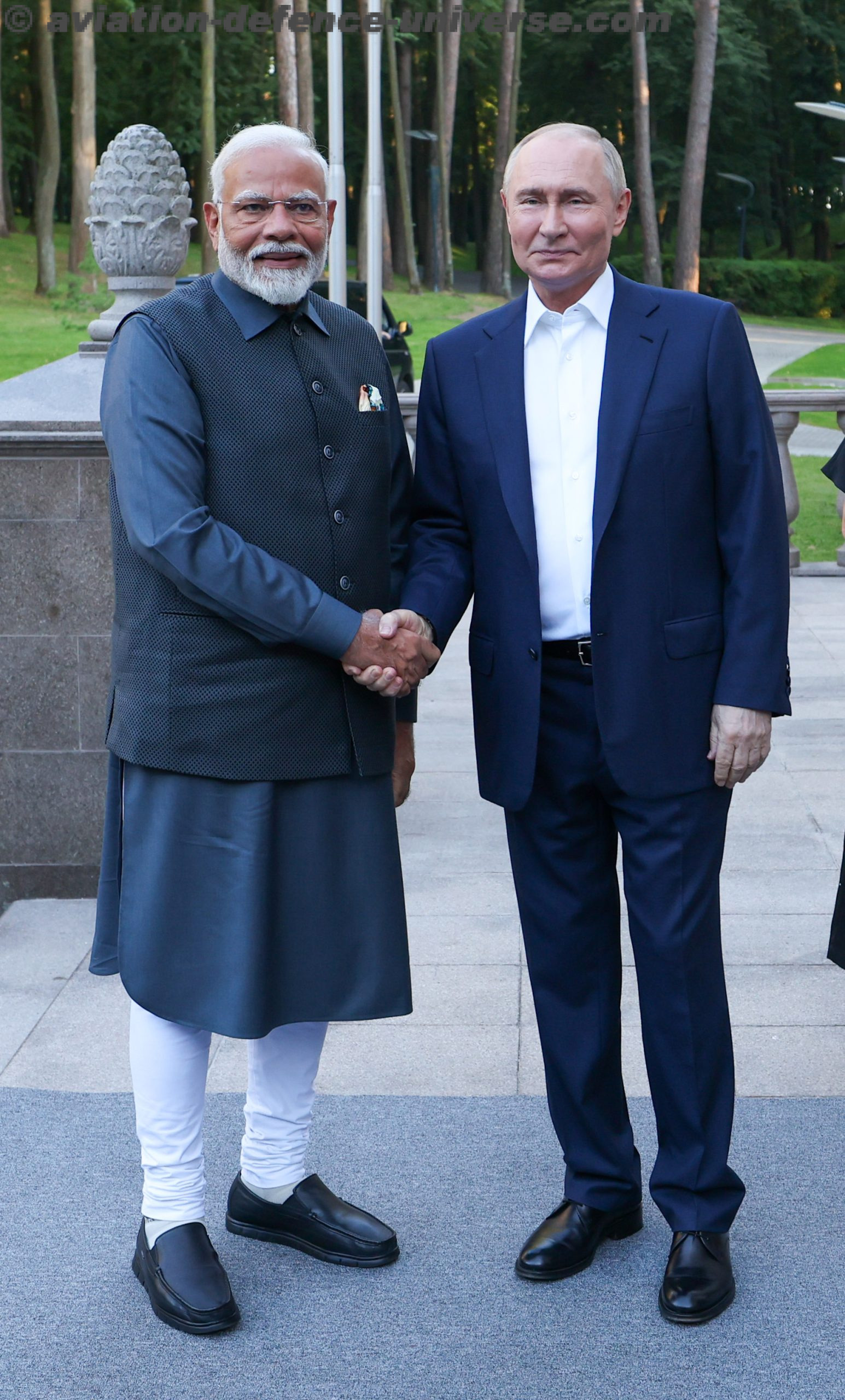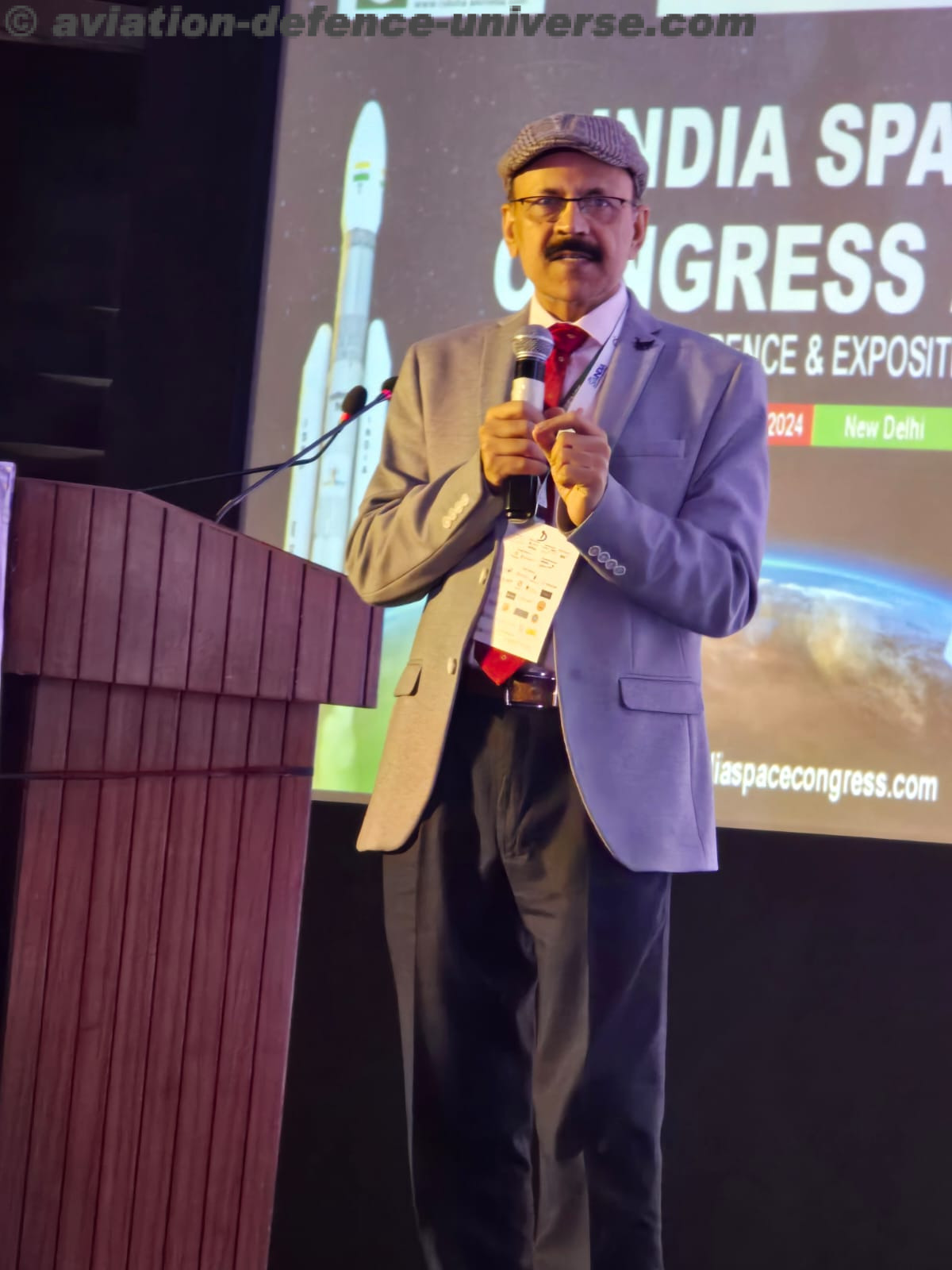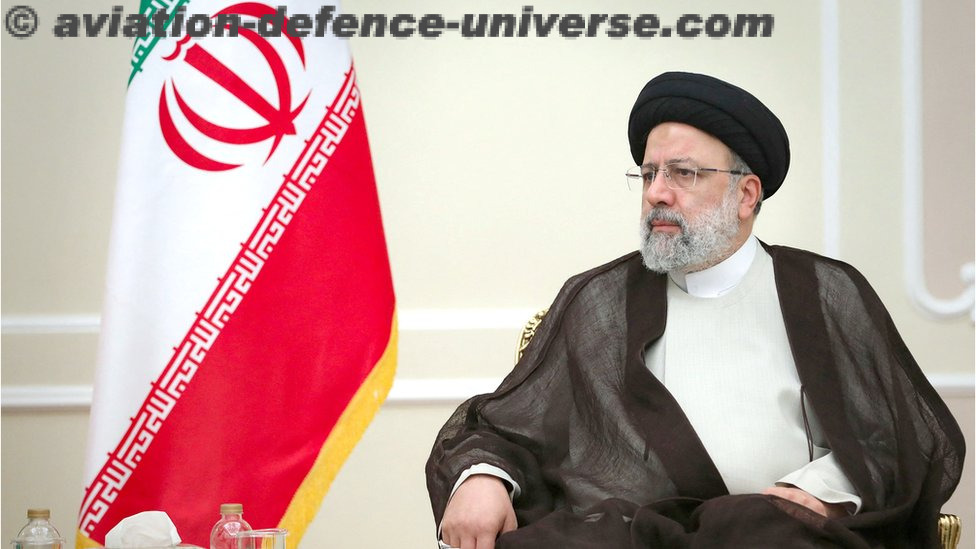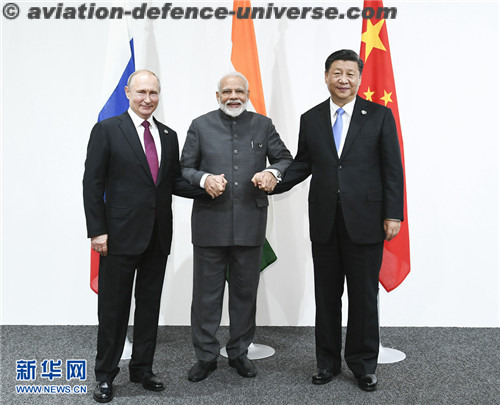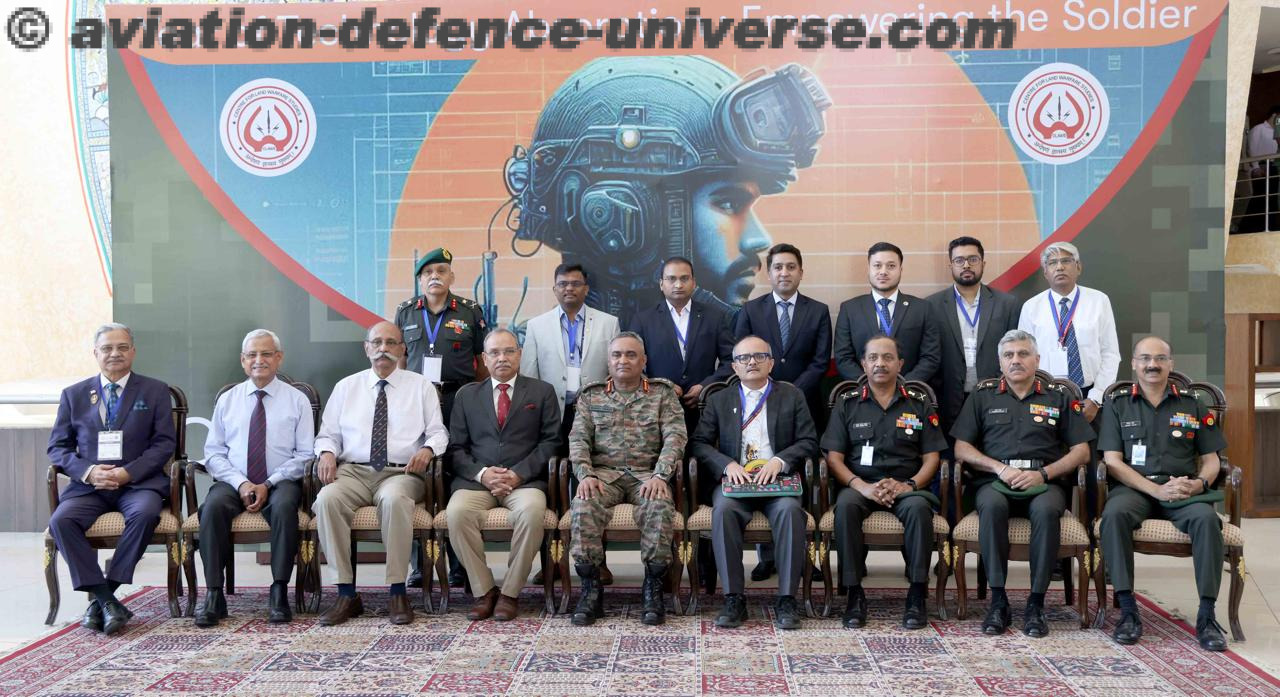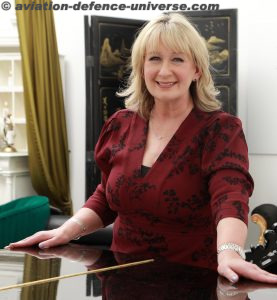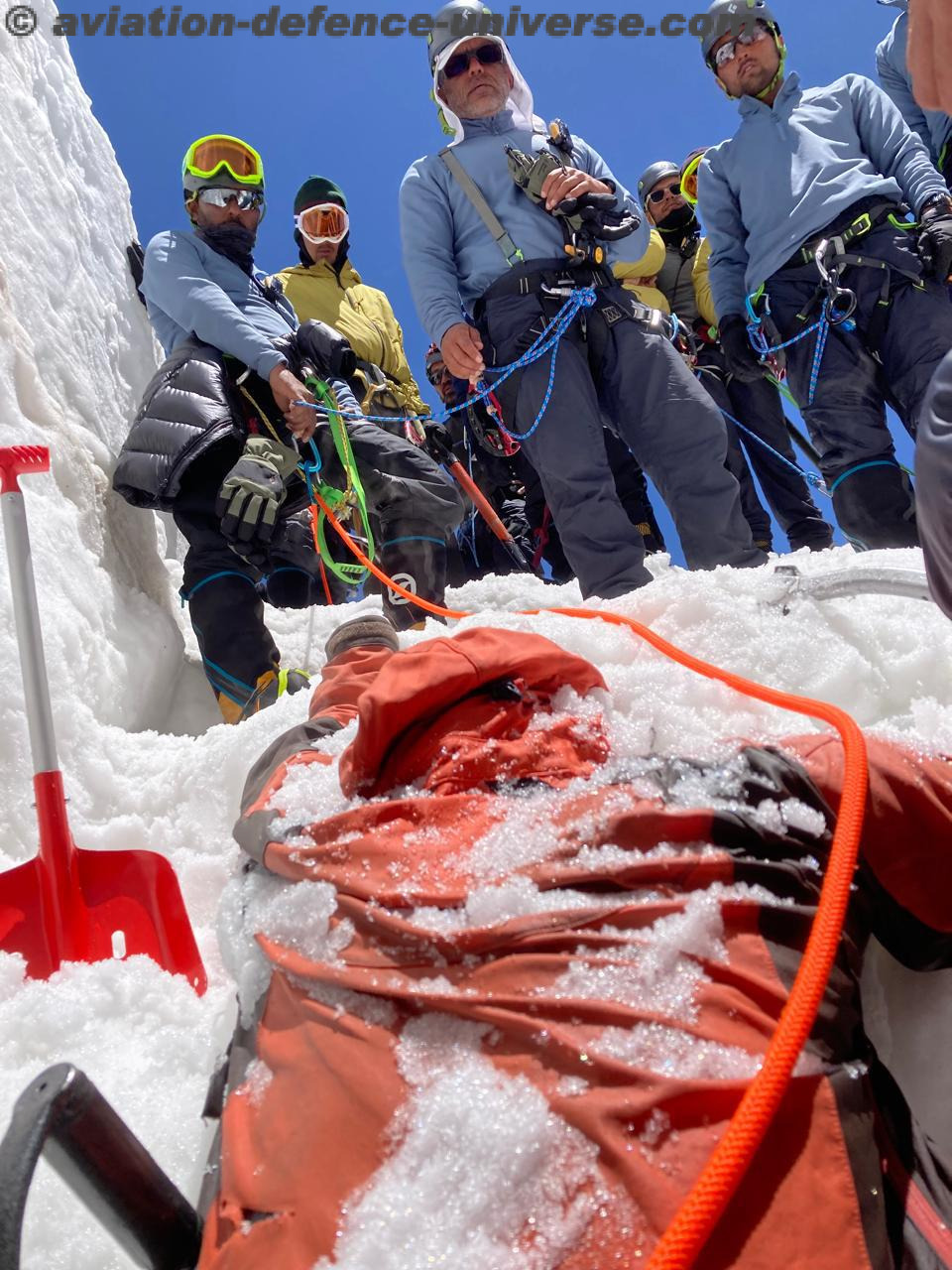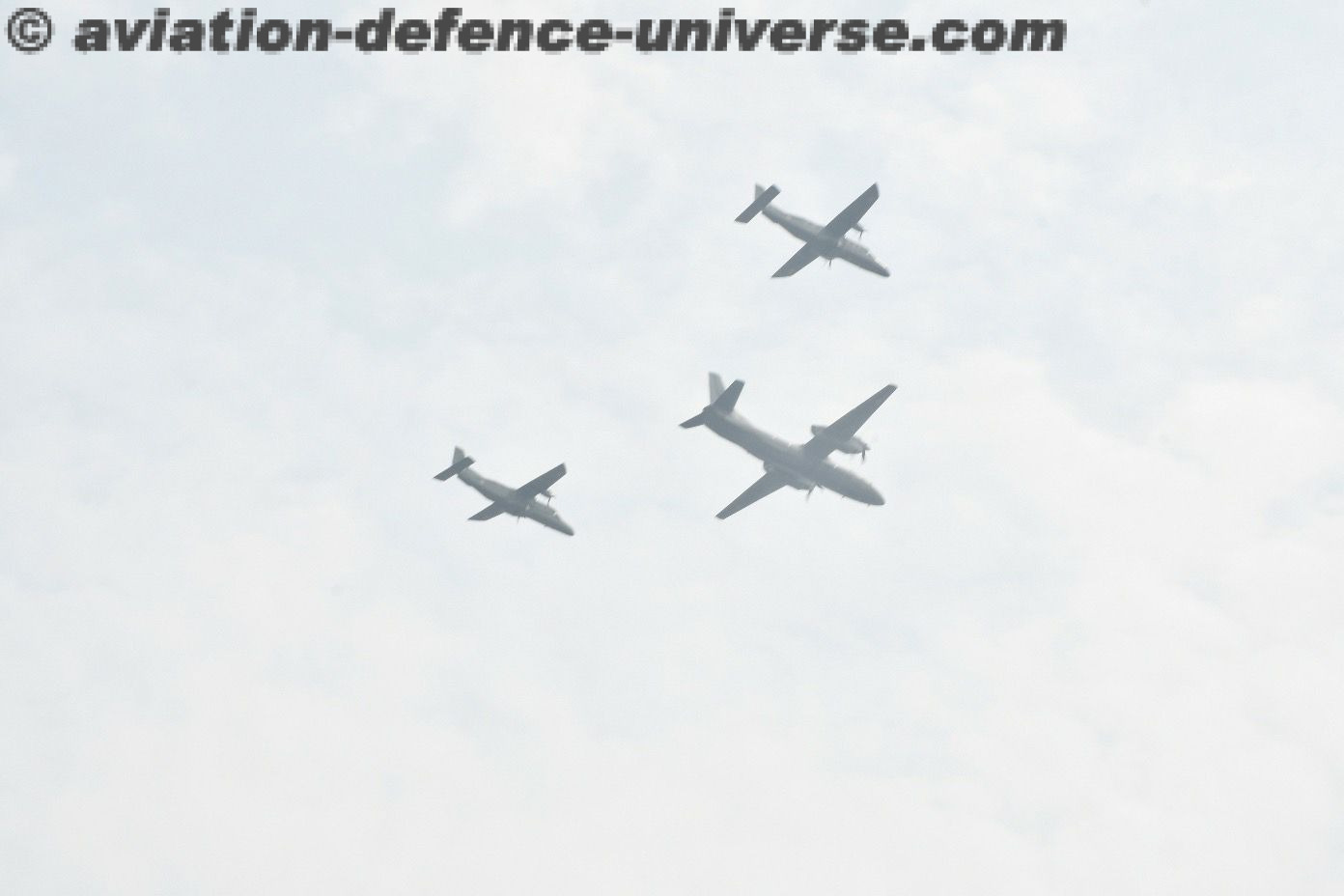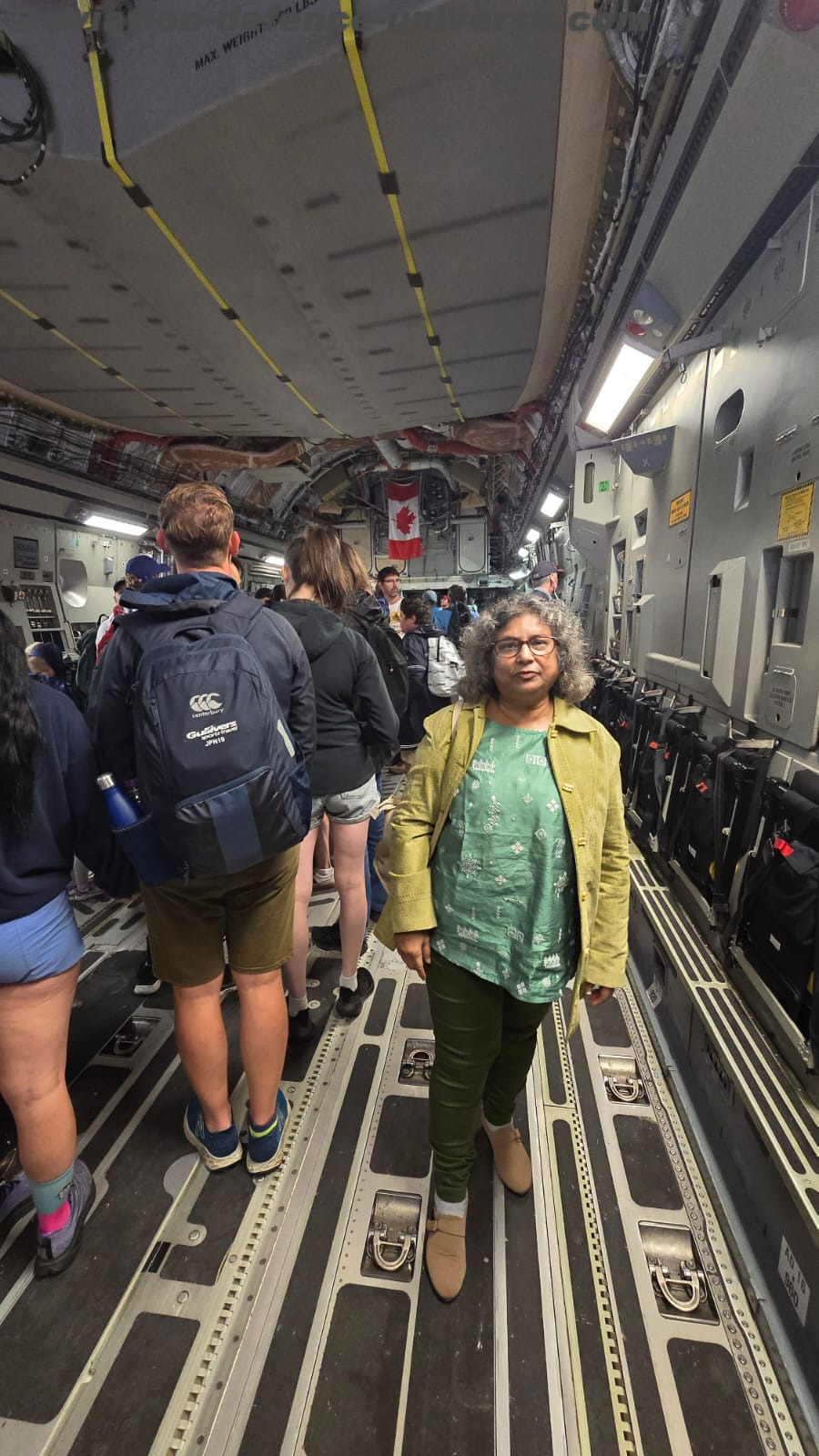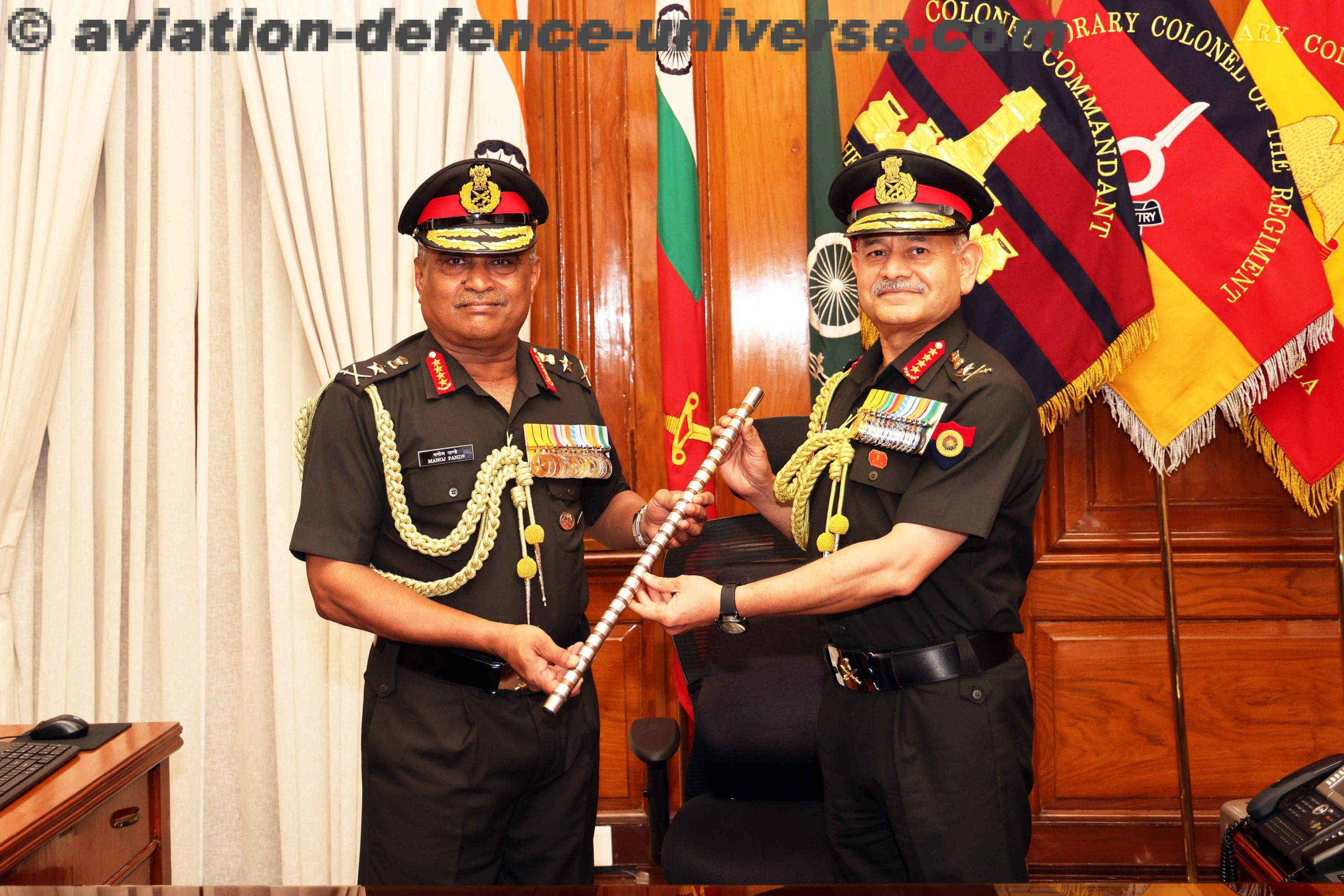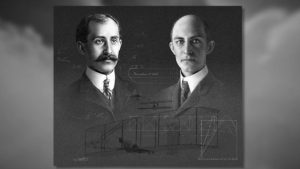
On 23rd March 1903 brothers Wilbur and Orville Wright applied for a patent on their method of control of their glider. During their experiments of 1902 the Wrights succeeded in controlling their glider in all three axes of flight: pitch, roll and yaw. Their breakthrough discovery was the simultaneous use of roll control (with wing-warping) and yaw control (with a rear rudder). A forward elevator controlled pitch. The application, which they wrote themselves, was rejected. In early 1904, they hired Ohio patent attorney Henry Toulmin, and on May 22, 1906, they were granted U.S. Patent 821,393 for a “Flying Machine”.
The broad protection intended by this patent succeeded when the Wrights won patent infringement lawsuits against Glenn Curtiss and other early aviators who devised ailerons to emulate lateral control described in the patent and demonstrated by the Wrights in their 1908 public flights. U.S. courts decided that ailerons were also covered by the patent.
In 1908, the Wrights warned Glenn Curtiss not to infringe their patent by profiting from flying or selling aircraft that used ailerons. Curtiss refused to pay license fees to the Wrights and sold an airplane to the Aeronautic Society of New York in 1909. The Wrights filed a lawsuit, beginning a years-long legal conflict.
The brothers’ licensed European companies, which owned foreign patents the Wrights had received, sued manufacturers in their countries. The European lawsuits were only partly successful. Despite a pro-Wright ruling in France, legal manoeuvring dragged on until the patent expired in 1917. A German court ruled the patent not valid due to prior disclosure in speeches by Wilbur Wright in 1901 and Octave Chanute in 1903.
In the U.S. the Wrights made an agreement with the Aero Club of America to license airshows which the Club approved, freeing participating pilots from a legal threat. Promoters of approved shows paid fees to the Wrights.
The Wright brothers won their initial case against Curtiss in February 1913, but the decision was appealed. The brothers wrote to Samuel F Cody in the UK, making a claim that he had infringed their patents but Cody stated that he had used wing-warping on his man-carrying kites before their flights.
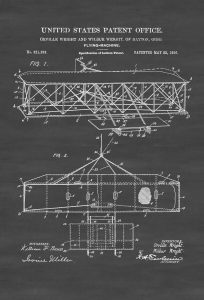
The Wrights’ preoccupation with the legal issue hindered their development of new aircraft designs, and by 1910 Wright aircraft were inferior to those made by other firms in Europe. Indeed, aviation development in the U.S. was suppressed to such an extent that, when the country entered World War I, no acceptable American-designed aircraft were available, and U.S. forces were compelled to use French airplanes. In January 1914, a U.S. Circuit Court of Appeals upheld the verdict in favor of the Wrights against the Curtiss company.
Some time after Wilbur Wright’s death, Orville Wright retired from their company in 1916, and sold his rights in their critical patent, for over $1,000,000, to the Wright-Martin Corporation—which had merged his company with that of fellow aircraft manufacturing pioneer Glenn L. Martin. Anxious to recoup their investment in the Wright patent, the Wright-Martin firm continued the pursuit of patent-infringement battles, and royalty demands, in battles with other planemakers. At the same time (and in response, some suggest) Glenn Curtiss and his company did the same with their numerous, and arguably important, aviation patents—driving up the cost of American aircraft.
In 1917, the two major patent holders, the Wright Company and the Curtiss Company, had effectively blocked the building of new airplanes, which were desperately needed as the United States was entering World War I. The U.S. government, as a result of a recommendation of a committee formed by Franklin D. Roosevelt, then Assistant Secretary of the Navy, pressured the industry to form a cross-licensing organization (in other terms a Patent pool), the Manufacturer’s Aircraft Association.
All aircraft manufacturers were required to join the association, and each member was required to pay a comparatively small blanket fee (for the use of aviation patents) for each airplane manufactured of that the major part would go to the Wright-Martin and Curtiss companies, until their respective patents expired. This arrangement was designed to last only for the duration of the war, but in 1918 the litigation was never renewed. By this time, Wilbur had died (in May 1912) and Orville had sold his interest in the Wright Company to a group of New York financiers (in October 1915) and retired from the business . The “patent war” had come to an end.



